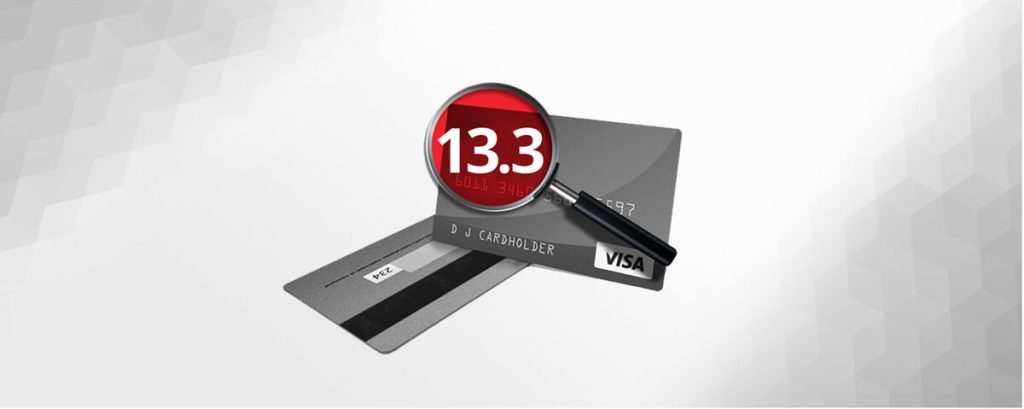Introduction to Chargeback Reason Codes
Chargebacks are a significant issue for merchants, with billions lost annually due to disputes. Visa’s chargeback reason codes categorize these disputes, helping resolve them efficiently. For merchants, understanding these codes is essential to protect revenue.
According to a study by Javelin Strategy & Research, merchants lost $31 billion to chargebacks in 2022. Many of these disputes fall under the Visa reason code 13 category. This guide breaks down this chargeback reason code, focusing on its subcodes, prevention strategies, and how merchants can manage disputes effectively.
Visa Chargeback Reason Code 13
Visa chargeback reason code 13 addresses consumer disputes. Understanding each subcode is crucial as these disputes often involve claims related to non-receipt of goods or services, defective merchandise, or misrepresentation.
Subcodes Overview:
- 13.1: Merchandise/Services Not Received – The most common type, accounting for 25% of all e-commerce chargebacks. It arises when customers claim they did not receive the product or service they were charged for.
- 13.3: Defective/Not as Described Merchandise – Triggered when customers receive an item that significantly differs from the description provided at the time of purchase.
- 13.5: Misrepresentation – Involves claims that the merchant misrepresented the product or service through inaccurate descriptions or misleading marketing.
Analysis of Key Subcodes
13.1: Merchandise/Services Not Received
Causes:
- Shipping errors, such as incorrect addresses or lost packages.
- Logistical issues leading to delays beyond the expected delivery date.
- Fraudulent claims by customers to receive refunds while keeping the product.
Prevention Strategies:
- Accurate and Timely Communication: Notify customers promptly about shipping and delivery schedules. Communicate delays immediately and offer cancellation options.
- Shipping with Tracking and Insurance: Ensure all shipments are trackable and insured. For high-value items, require a delivery signature.
- Postponed Billing: Delay billing until after the product is confirmed as delivered to reduce dispute risks.
Merchant’s Rights and Responsibilities:
- Merchants have 120 days to provide evidence in disputes involving this reason code. Proof of delivery or pickup confirmation is critical to challenging the chargeback.

13.3: Defective/Not as Described Merchandise
Causes:
- Incorrect or misleading product descriptions.
- Shipping damaged or defective items due to poor packaging or handling.
- Significant differences between the product shown and what was delivered.
Prevention Strategies:
- Clear and Accurate Descriptions: Ensure all product descriptions match the actual item. Misleading descriptions are a common cause of chargebacks under this subcode.
- Quality Control: Implement regular checks and quality control measures to avoid shipping defective products. Packaging should prevent damage during transit.
- Return and Refund Policies: Clearly state return policies to resolve disputes before they escalate to chargebacks.
Merchant’s Rights and Responsibilities:
- Merchants should maintain records of all transactions, including product descriptions and customer communications, to dispute claims effectively. Evidence such as pre-shipment photographs can be crucial.
13.5: Misrepresentation
Causes:
- Vague or misleading marketing claims.
- Failure to disclose critical product details.
- Use of deceptive images or descriptions.
Prevention Strategies:
- Transparent Marketing Practices: Ensure all marketing materials are honest and accurately represent the product or service.
- Customer Feedback: Use customer reviews and feedback to ensure products meet expectations and descriptions are accurate.
Merchant’s Rights and Responsibilities:
- In disputes under this subcode, merchants must demonstrate that all marketing materials and descriptions were clear and accurate. Documenting all promotional content is essential for defending against these claims.

Merchant Rights and Responsibilities
Time Limits:
- Issuers have 120 days from the transaction date or the expected delivery date to file a dispute under these codes.
- Merchants typically have 30 days to respond with evidence to refute the chargeback.
Evidence Required:
- Proof of delivery (e.g., tracking information, signed delivery receipts).
- Clear product descriptions and related customer communications.
- Records of customer service interactions, including attempts to resolve the issue before a chargeback was filed.
Preventive Strategies for Merchants
Implementing preventive measures is more cost-effective than handling chargebacks. Strategies include:
- Enhanced Order Tracking Systems: Utilize robust order tracking systems to provide real-time updates to customers.
- Improved Communication: Regular updates and transparent communication about orders can reduce misunderstandings and disputes.
- Customer Service Training: Ensure your customer service team is trained in handling disputes before they escalate to chargebacks.
- Partnerships: Collaborating with industry experts can help mitigate the risk of chargebacks. For example, Merchanto.org, an official partner of Visa and MasterCard, offers comprehensive solutions in chargeback prevention. Their expertise can reduce chargeback rates. Learn more here.
Data-Driven Insights
Table 1: Chargeback Frequency by Subcode
| Subcode | Frequency (%) | Common Causes | Merchant Action Required |
|---|---|---|---|
| 13.1 | 25% | Non-delivery of merchandise | Proof of delivery, customer communication |
| 13.3 | 15% | Defective/Not as Described Merchandise | Accurate product descriptions, quality control |
| 13.5 | 10% | Misrepresentation | Transparent marketing, accurate descriptions |
Table 2: Impact of Chargebacks on Merchant Revenue
| Metric | Before Chargeback Mitigation | After Chargeback Mitigation |
|---|---|---|
| Chargeback Rate | 2.5% | 1.2% |
| Revenue Loss | $200,000 | $80,000 |
| Customer Dispute Resolution Time (Days) | 15 days | 7 days |
Table 3: Key Preventive Measures and Their Effectiveness
| Preventive Measure | Implementation Cost | Chargeback Reduction (%) |
|---|---|---|
| Order Tracking Systems | Medium | 30% |
| Customer Communication Enhancements | Low | 20% |
| Partnering with Chargeback Experts | High | 40% |
Conclusion
Understanding and managing Visa chargeback reason code 13 is critical for merchants. By implementing the strategies outlined here, businesses can reduce their chargeback rates, protect revenue, and maintain customer relationships. Prevention is key, and leveraging partnerships with experts can provide the support needed to navigate chargebacks successfully.
Regularly reviewing and updating practices in line with industry standards and regulations is crucial for long-term success.



